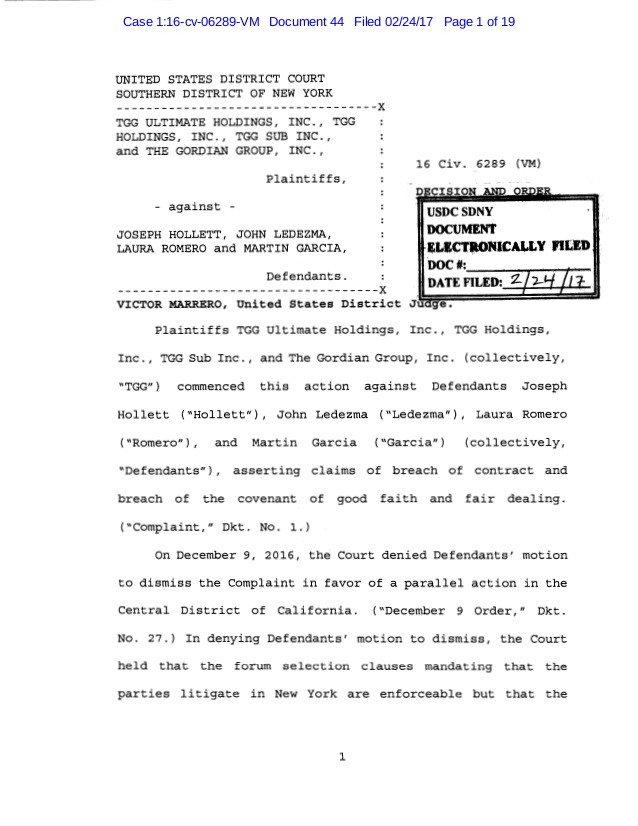
An answer is a written response to the complaint. Most commonly, they must file their response to the complaint within 30 days of being served. 47 This response can take a number of forms, including one or more of the following: an answer, a demurrer, a motion to strike, a motion to transfer, or a cross-complaint.Īnswers are the most common first document filed by defendants in a lawsuit. Like the plaintiff, defendants who have been served with a complaint have several important early deadlines. For example, claims against a government entity are often subject to a different (and much shorter) statute of limitations altogether. 23 There are, of course, many exceptions and caveats to these general rules. Three years from the date the wages were owed. 22 Three years from the date the property was damaged. 20įour years from the date the harm or wrongdoing occurred. 21 Usually one year from the date of the violation. 19 Three years from the date the property was damaged. 18 Two years from the date of the injury. 17 One year from the date of the violation. 16 Three years from the date of the injury, or one year from the date the injury is discovered or reasonably should have been discovered. 15 One year from the date the defamatory statement is made. 14 One year from when the malpractice is discovered or reasonably should have been discovered. 13 Three years from the date of the harm. 12 Most must be filed with the DFEH within three years of the discrimination or harassment. 11 One year from the date of the imprisonment. 10 Three years from the date the conversion. 9

Two years from the date the contract is breached. 7įour years from the date the contract is breached. 8 Common Statutes of Limitations Type of Case The most common of those deadlines are listed in the table below. The applicable statute of limitations will depend on the type of lawsuit that is filed. A plaintiff cannot be successful in a lawsuit if they failed to file it on time. 6 The law that sets the deadline for when a lawsuit must be filed is called a statute of limitations.

The party that is being sued is usually called the defendant. 5īefore a complaint can be filed, it’s important to make sure that it is timely. The party that files a complaint is called the plaintiff.

Lawsuits begin when a party files a “complaint” in court. 2 A complaint is the initial document filed by the injured party. 3 It explains the basic facts of the case, the legal violations that are alleged to have occurred, and requests a specific type of relief from the court (usually money). 4


 0 kommentar(er)
0 kommentar(er)
